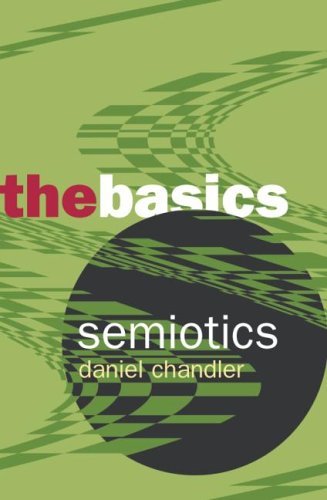What do you think?
Rate this book


326 pages, Paperback
First published January 1, 2002
We may need to remind ourselves that any interpretive framework cuts up its material into manageable chunks; how appropriate this is can only be assessed in terms of whether it advances our understanding of the phenomenon in question. Nevertheless, useful as it may be to construct an orderly and manageable reality by slicing experience into mutually exclusive categories, cultural practices maintaining the conventional borders of what seem to be fundamental natural distinctions mask the permeability and fragility of the fabric of social reality.
Reality is framed within systems of analogy. Figures of speech enable us to see one thing in terms of another. A trope such as metaphor can be regarded as a new sign formed from the signifier of one sign and the signified of another.
Ironically, the ‘naturalness’ of realist texts comes not from their reflection of reality but from their uses of codes which are derived from other texts. The familiarity of particular semiotic practices renders their mediation invisible. Our recognition of the familiar in realist texts repeatedly confirms the ‘objectivity’ of our habitual ways of seeing.
Our behaviour is not determined by texts, but much of what we know about the world is derived from what we have read in books, newspapers and magazines, from what we have seen in the cinema and on television and from what we have heard on the radio. Life is thus lived through texts and framed by texts to a greater extent than we are normally aware of. [...] Intertextuality blurs the boundaries between not only between texts but between texts and the world of lived experience. Those who radically privilege code over context may argue that we know no pre-textual experience; the world we know is merely its current representation. On the other hand, members of an interpretive community whose everyday behaviour is guided by such a relativistic stance might have difficulty communicating with each other, still less with ‘unsuitable readers’...